When I was 12, I decided I wanted a decent camera. I was born in the past when you had to go to a library to find things out, like how a camera worked. Or ask someone or get a magazine or watch a tv programme. In the library I found a small paperback whose title and author I forget, but it was divided into two parts. The first was about using a camera, the second was about developing and printing black and white. I read the entire thing and thanks to that book, I learned how to use just about any camera plus working in a darkroom. Except I didn’t have either. The August 1984 edition of the monthly magazine What Camera? said that a £50 Praktica MTL3 was what my parents could afford, so for my thirteenth birthday that is what I received.
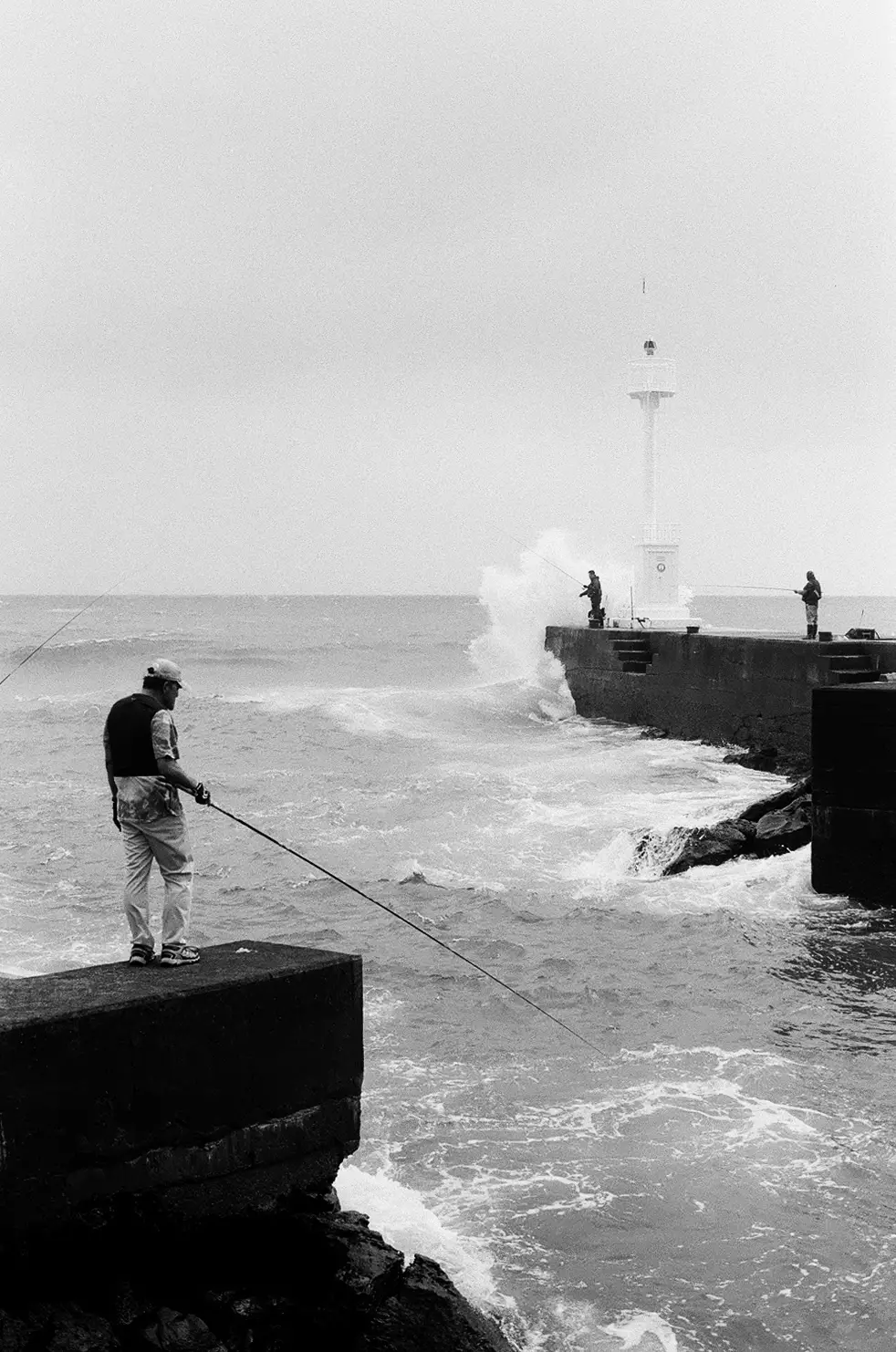
We were about to go on a rare foreign holiday to Spain, so my father treated himself to a Ricoh KR10 Super (three times the price of mine!) Smaller, smoother, light-weight plastic with aperture priority, compared to my Eastern Bloc metal, all-manual, sharp-edged box. Ironically Prakticas have outlasted many 80s plastic SLRs. Later, we joined a local camera club and developed our own slide film at home since no darkroom was necessary, only a changing bag. I had access to one at school and eventually, university.
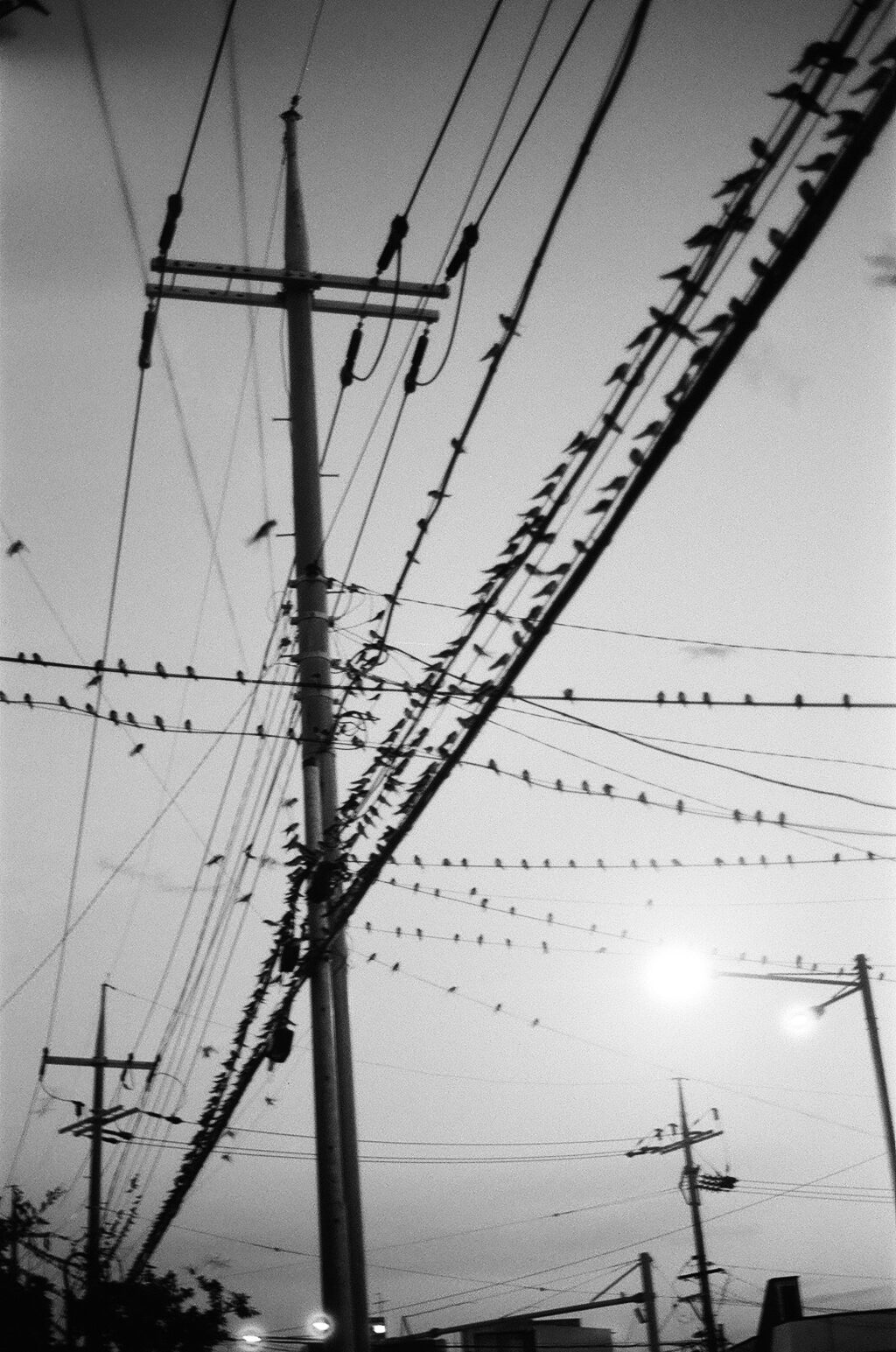
Dad’s camera was stolen one afternoon in 1996, from a car park in the English Lake District when thieves failed to start his car, so took it along with a Tokina Zoom, a Sigma 28mm and my mother’s second-hand Pentax ME-F that she didn’t often use. I wanted to try and replace it for Christmas. Finding a camera shop, I decided to stick to Pentax K mount and saw a Ricoh KR10 Super among the other second-hands. No, it wasn’t the stolen one. It was reasonably priced, so I bought it with a Pentax 75-150mm zoom plus a camera bag for less than £180, if I remember well. He was very pleased but later switched to digital, and I now have it with the zoom. I replaced the light seals, but otherwise it meters and shoots fine.
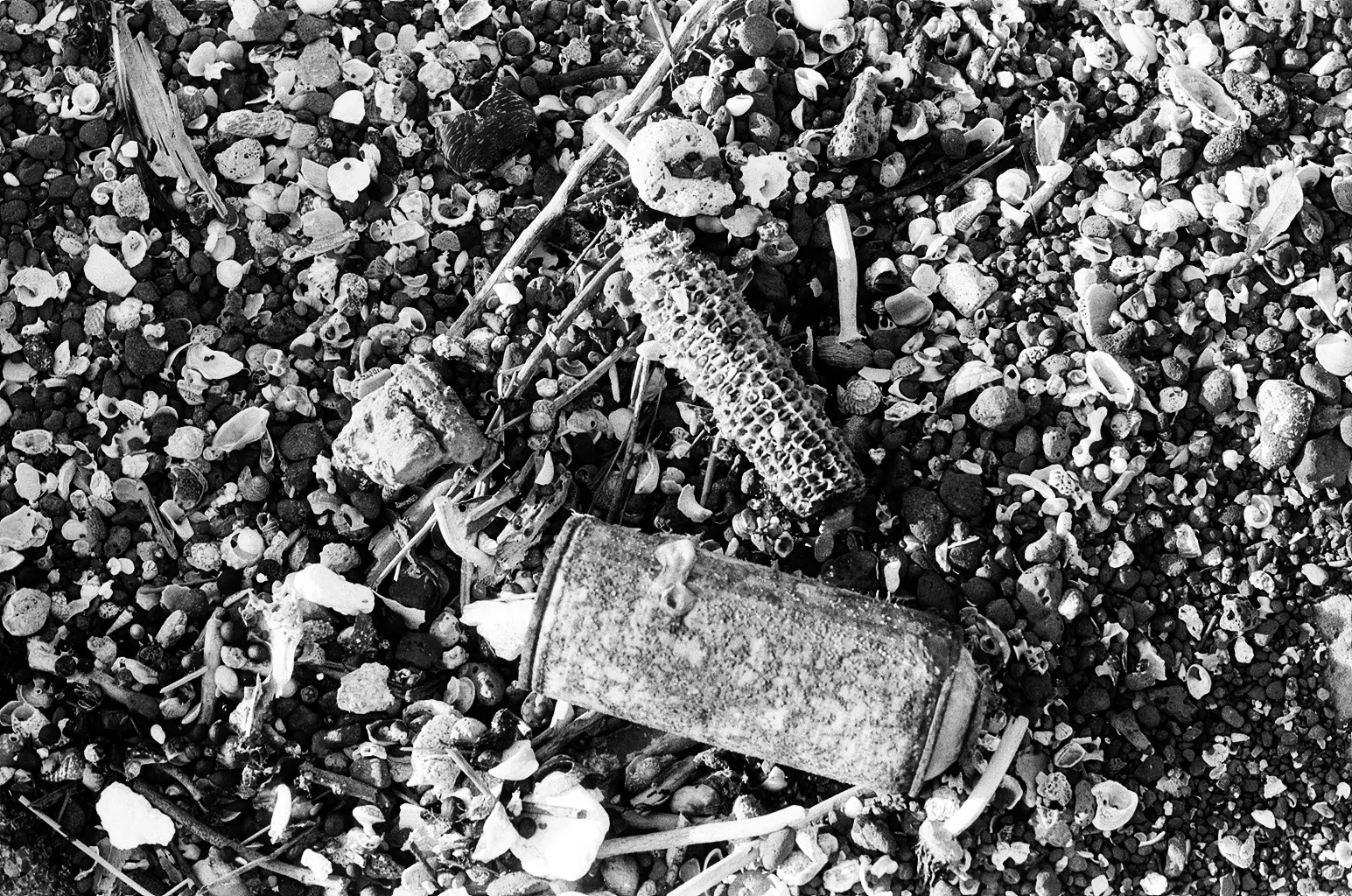
My current place of work had a good darkroom, but I can no longer be bothered to go through the steps of buying chemicals (these always seemed expensive), developing, and trying to get a good print. The film was developed by Filmlog in Seoul, who for ₩8000, will develop and scan at 1500×1000. I feel that some post-processing in the form of contrast and sharpening may have been done, but what you see is how I received them. All 39 exposures came out fine except for occasionally poor manual focusing. I would prefer them untouched; I think, but they aim to please couples in their twenties judging by their busy store. Fomapan seems very grainy, but isn’t that part of the ‘film-look’? The pictures show Jeju Island where I live, which is in fact a very colourful and often odd place.
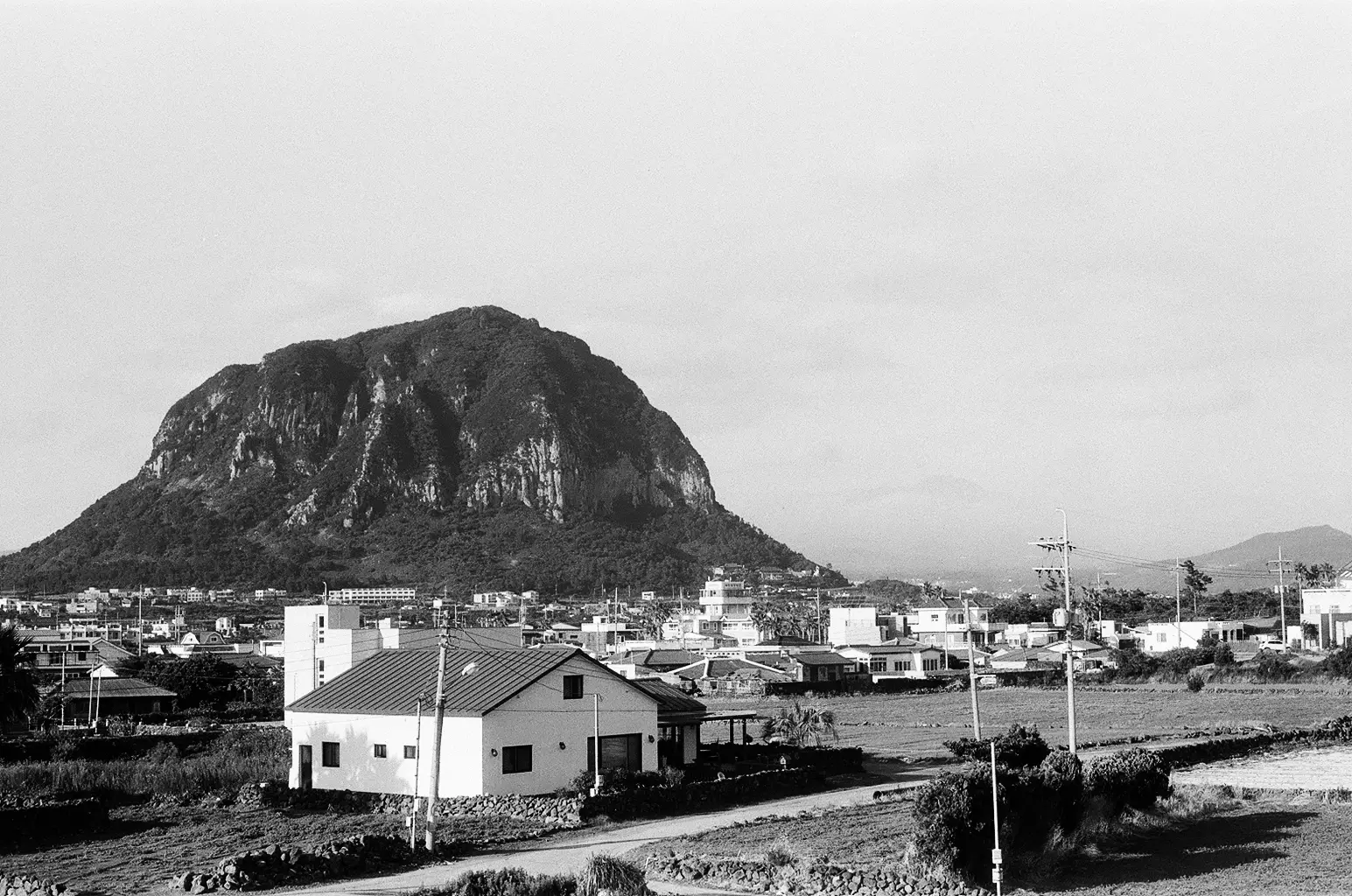
Another 18 rolls left in the fridge and then that’s it for me! It’ll be at least 10 years before I finish it probably.
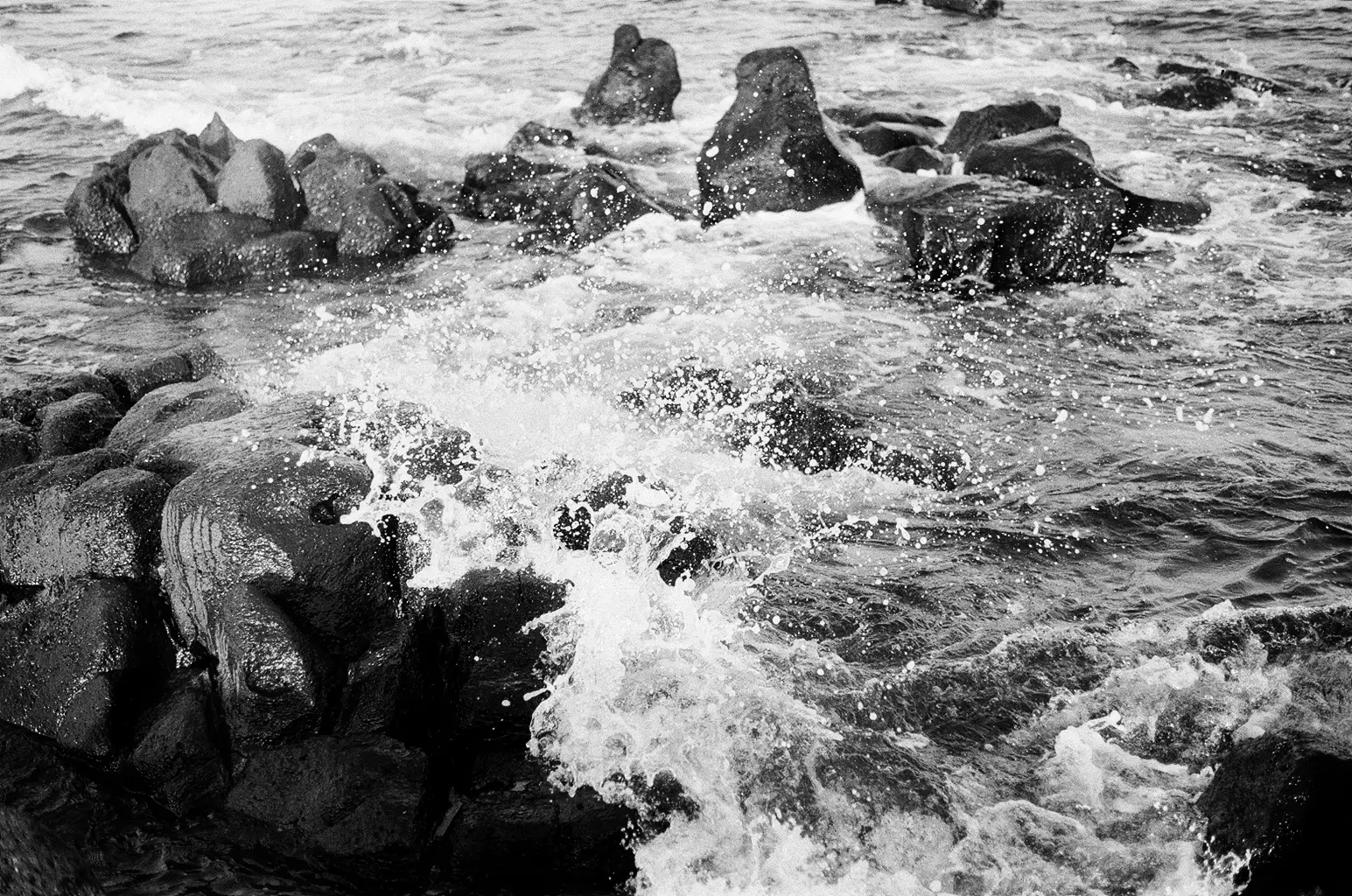
Share this post:
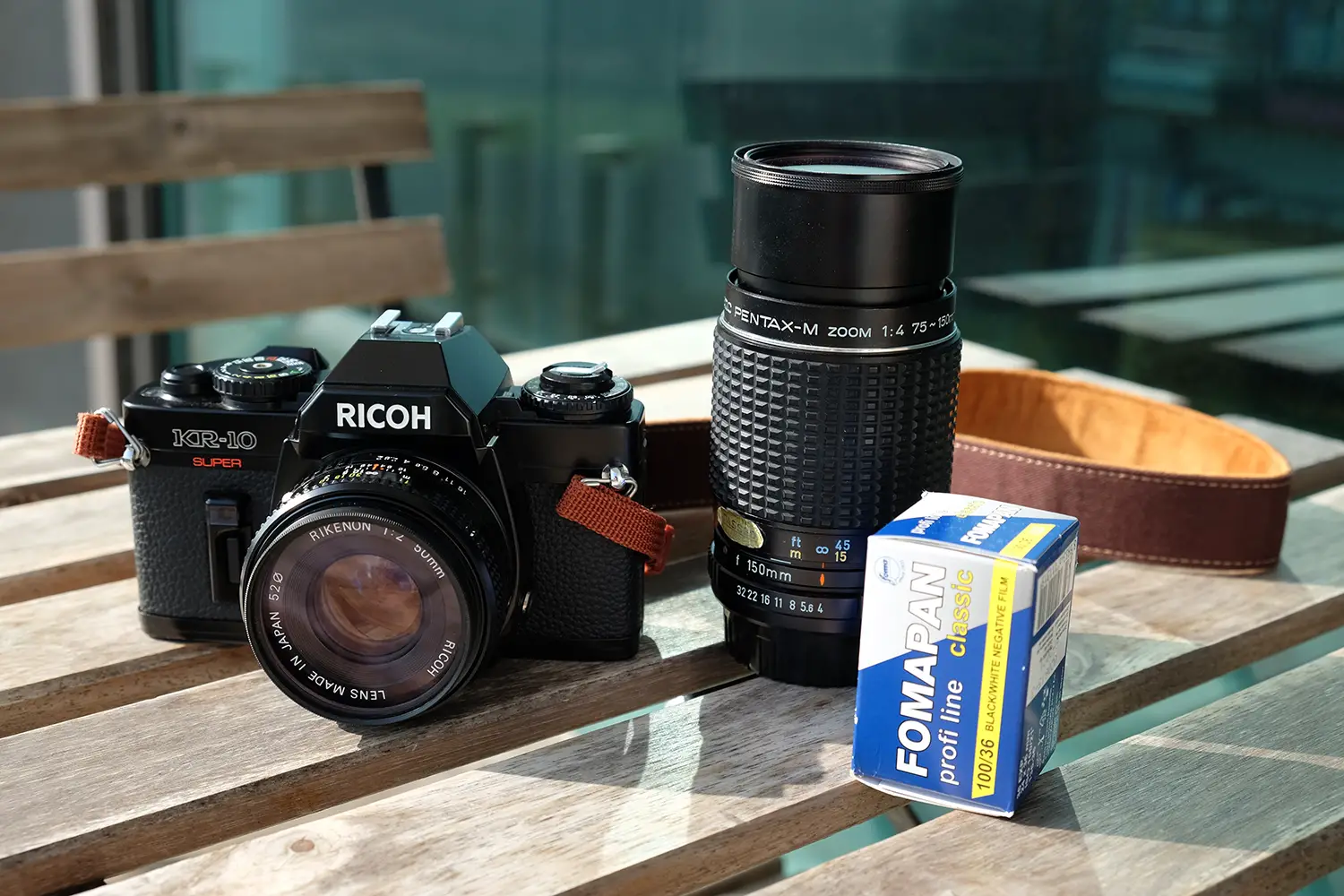

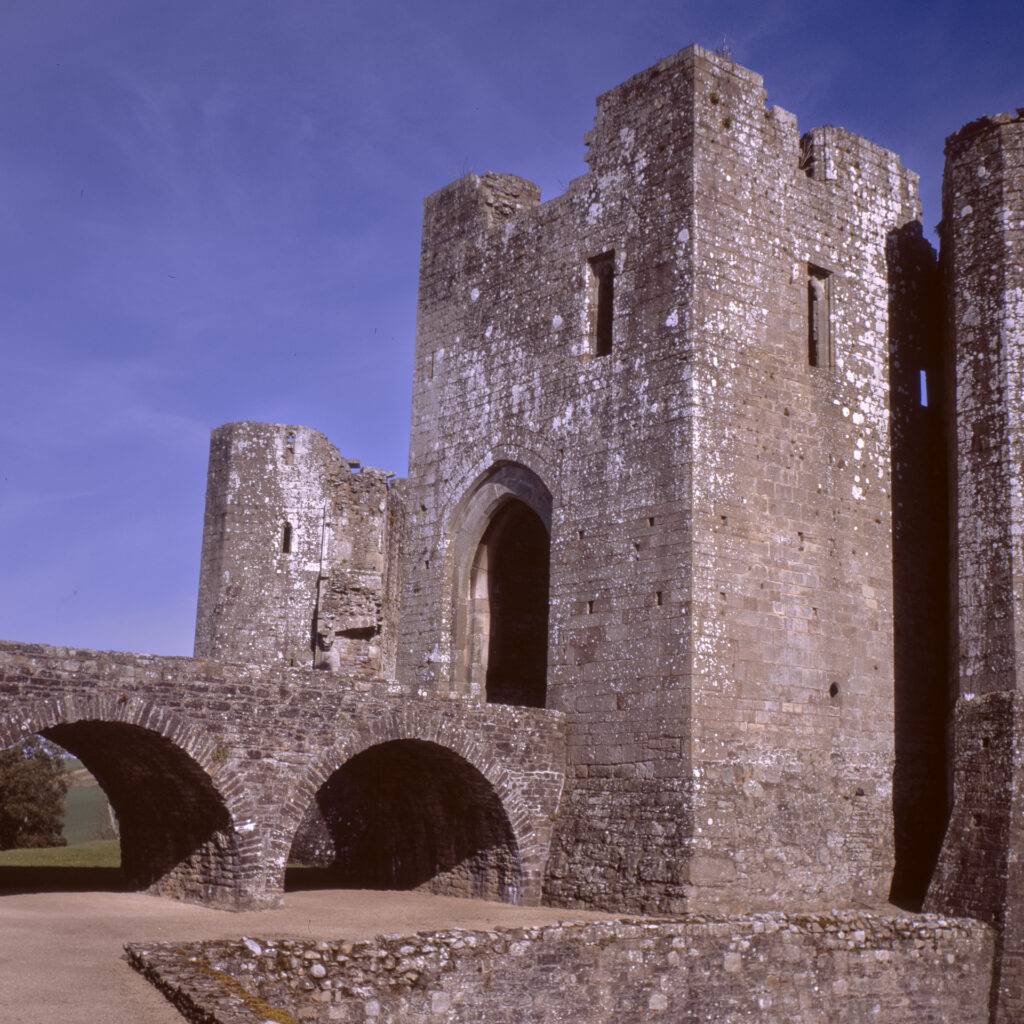
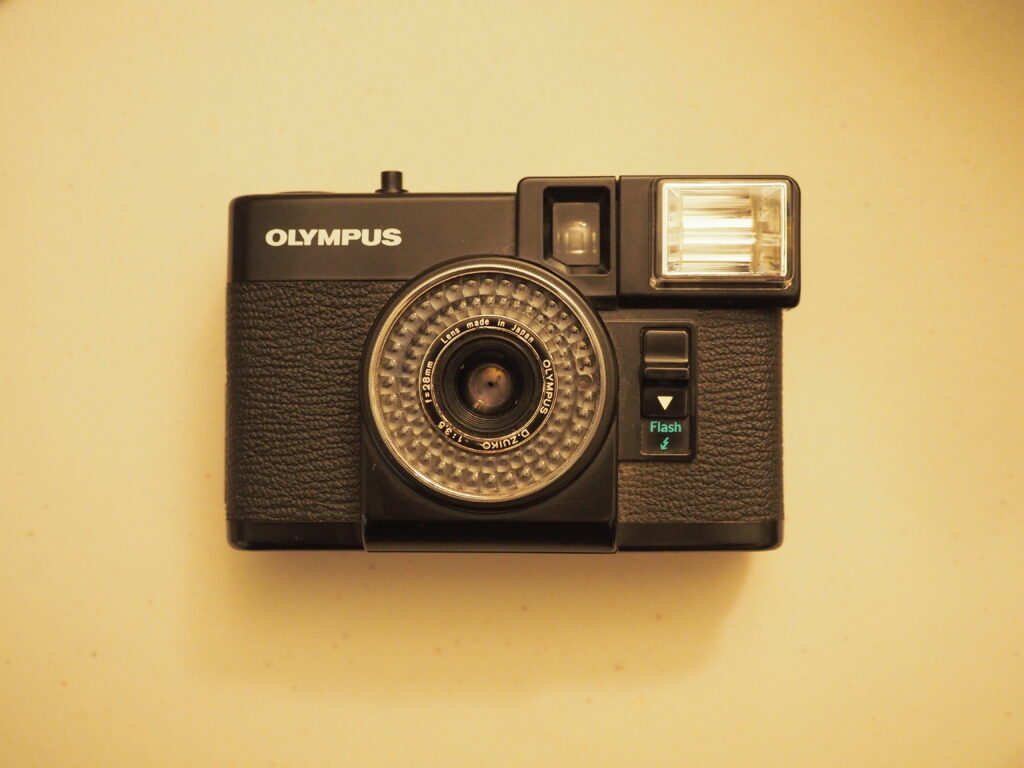
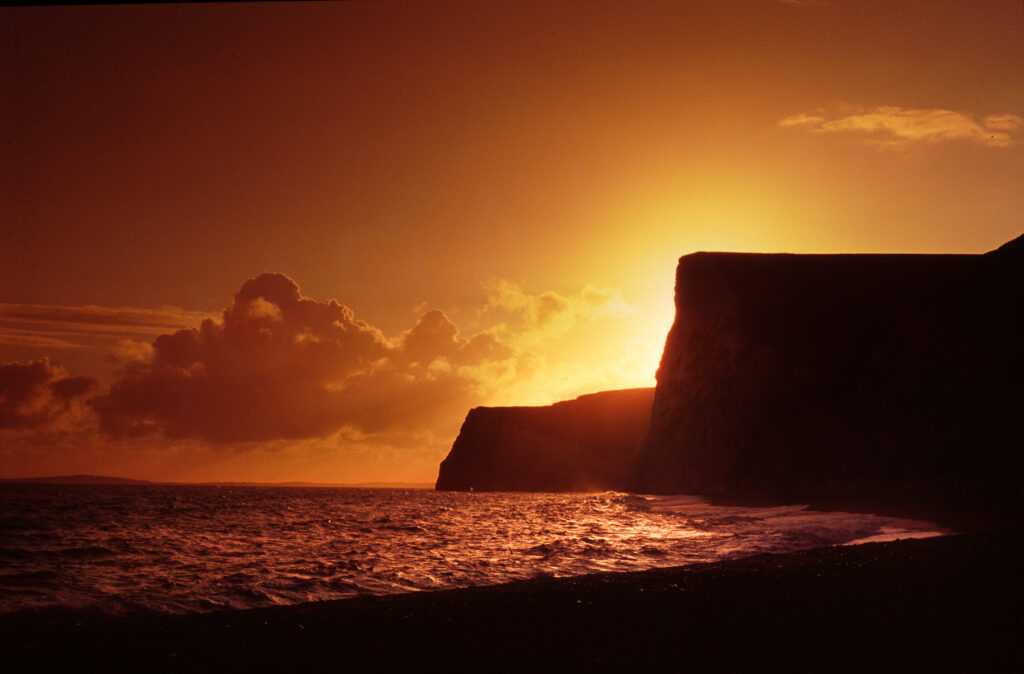




Comments
Anindya K Maity on 5 frames of Fomapan 100 with Dad’s second Ricoh KR10 Super on Jeju
Comment posted: 19/02/2023
Bob Janes on 5 frames of Fomapan 100 with Dad’s second Ricoh KR10 Super on Jeju
Comment posted: 19/02/2023
Interesting shots - I'd like to know more about where and when they were shot. I'd also love to know if you still have the MTL5...
Many thanks for an interesting read.
Comment posted: 19/02/2023
Robert Kapp on 5 frames of Fomapan 100 with Dad’s second Ricoh KR10 Super on Jeju
Comment posted: 19/02/2023
Petr Borovec on 5 frames of Fomapan 100 with Dad’s second Ricoh KR10 Super on Jeju
Comment posted: 20/02/2023
Comment posted: 20/02/2023
Wouter Willemse on 5 frames of Fomapan 100 with Dad’s second Ricoh KR10 Super on Jeju
Comment posted: 20/02/2023
As for the remark it can be grainy....
When using a decent film scanner, grain will always seem quite apparent; sharpening as applied by most software will underline it. With my CoolScan, I can see grain in Acros 100, and that's definitely not a very grainy emulsion.
But more important, in my view, that has a lot to do with how it gets developed. I've used Fomapan with several different developers, and some looked grainier than you'd expect from an ISO100 film. But couple it with the right developer, and grain is no issue. My favourite (at the moment at least) is Rodinal 1:50 at lower temperatures (16-17 degrees celsius) and little agitation. Renders very sharp negatives with very little visible grain. Darkroom prints show no grain either. No doubt there are labs that deliver great work, but DIY has its advantages.
Comment posted: 20/02/2023
Wouter Willemse on 5 frames of Fomapan 100 with Dad’s second Ricoh KR10 Super on Jeju
Comment posted: 20/02/2023